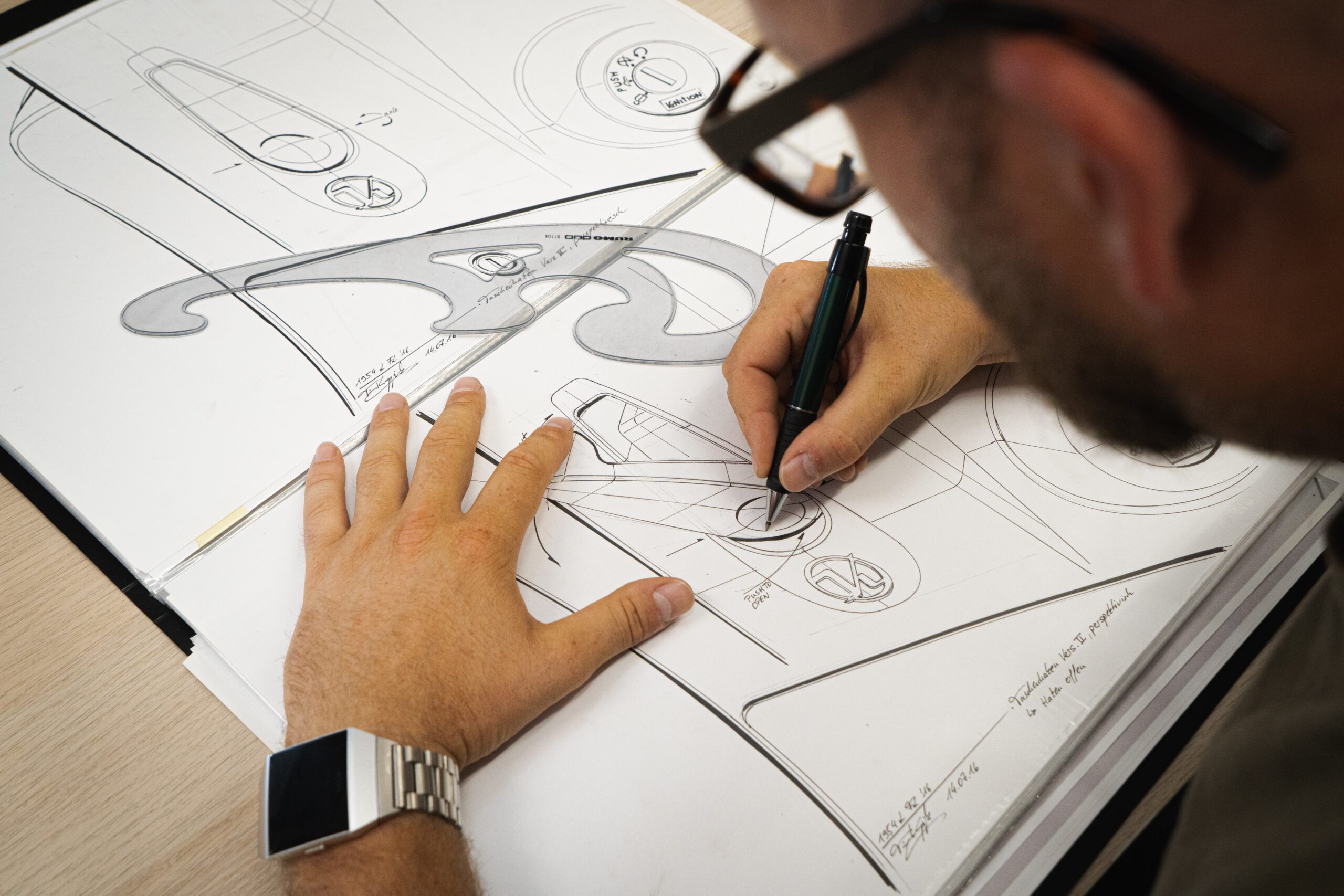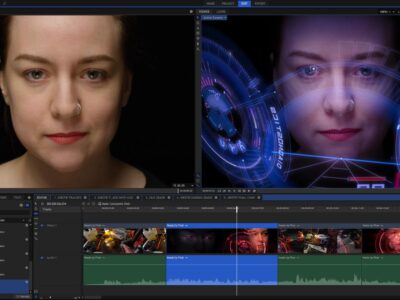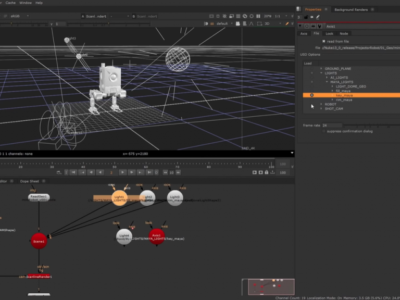Industrial Design involves designing products that are produced by means of mass production. Most of the products designed by Industrial Designers are of everyday use such as – automobiles, packaging, household products, medical equipment, industrial products and electronics. Thus, while designing such products an industrial designer not only needs to work on the look and feel of the product being designed but also on ensuring that the product incorporates ease of usage.
On a typical work day, an industrial designer needs to combine his knowledge of business, art as well as engineering to create a product that people use on a daily basis.
Industrial designers frequently collaborate with engineers, production experts, and marketing professionals to determine the feasibility of their concepts and to apply their colleagues’ professional experience to their designs. For example, industrial designers may collaborate with marketing experts to develop strategies for marketing innovative product designs to consumers.
Industrial designers rely heavily on computers. They sketch concepts using computer-aided design software (CAD) since computers make it simple to make modifications and illustrate alternatives. If they work for a factory, they may also utilize computer-aided industrial design software (CAID) to develop machine-readable instructions that inform other machines how to construct the product.
An industrial designer will typically do the following:
- Research who will use the product and the various ways it might be used
- Sketch out ideas or create blueprints
- Use computer software to develop virtual models of different designs
- Examine materials and production costs to determine manufacturing requirements
- Work with other specialists to evaluate whether their design concepts will fill the need at a reasonable cost
- Evaluate product safety, appearance, and function to determine if a design is practical
- Present designs and demonstrate prototypes to clients for approval
Course Features
- Lecture 0
- Quiz 0
- Duration 80 hours
- Skill level All levels
- Language English
- Students 46
- Assessments Yes
Features
- Framework of Design
- Design Issues
- Art, Design and Society
- Elements of Design
- Life Drawing
- Product Interface & Design
- Computer Aided Product Detailing
- Design for Usability
- Design for User Experience
- Design and Innovation Methods
- Nature of Materials and Process
- Image Making and Representation
- Media Investigation and Communication Methods
- Communication and presentation skills
- Form and Aesthetics
- Applied Ergonomics
- Design for Sustainability
- Strategic Design Management






